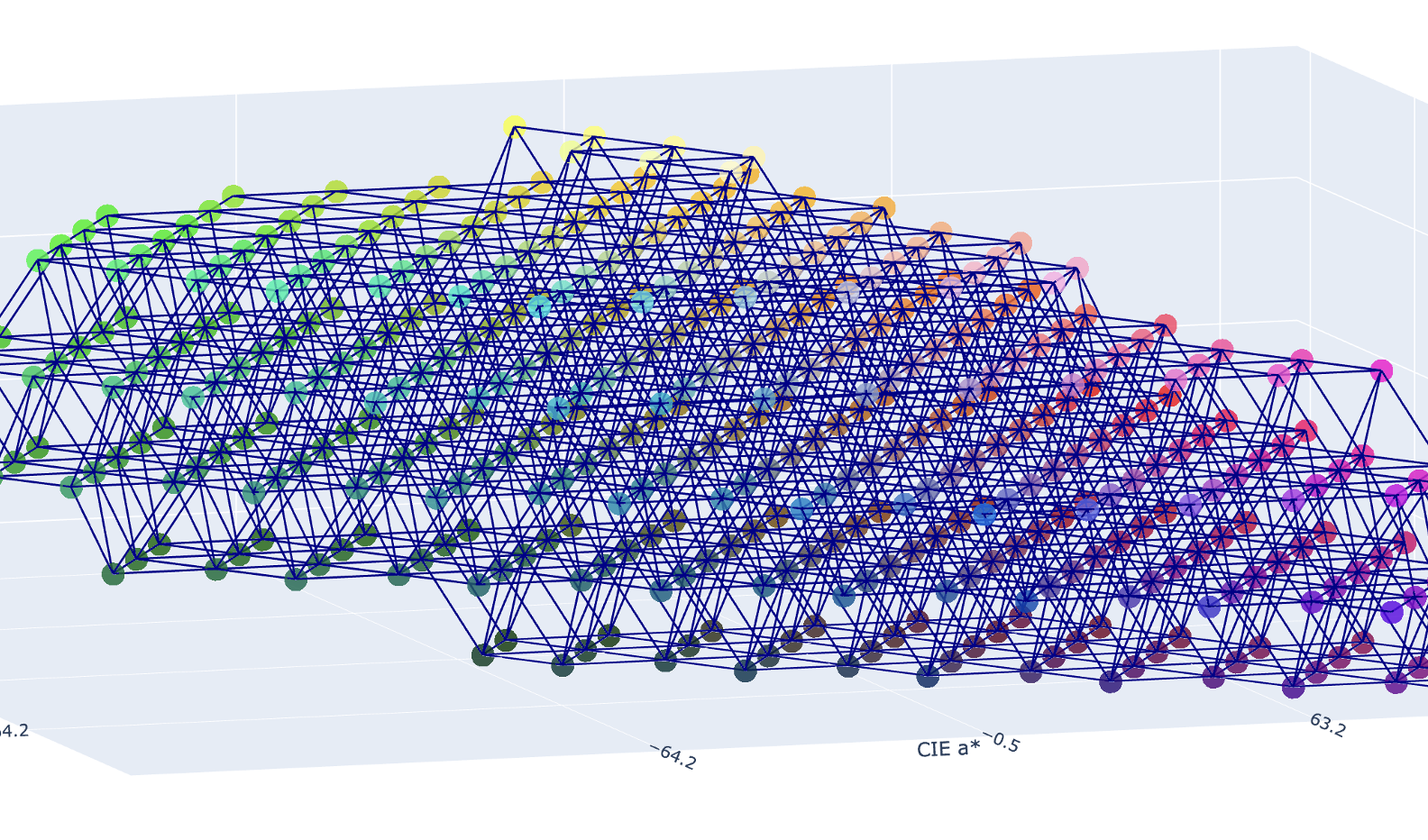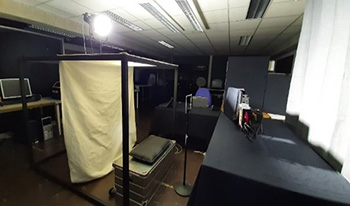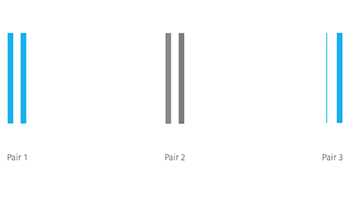
When describing “how many colors” can be represented or reproduced by a given system or device, volume (or gamut volume) is often used. While it has a rightful place and is a valid way to describe a range of colors, it is an incomplete and indirect answer to the original “how many?” question. In this paper a first principles based approach is applied to this question, starting with delimiting the validity of any possible answer by being explicit about assumptions about domain (dimensionality, encoding bit-depth, coordinate system or color space. etc.). Furthermore, no real-world data exists without a reference to a measurement device, which in turn has to consider sources of noise: physical surfaces whose color or spectral measurements differ by less than the level of noise of that device, cannot be considered as distinct. These assumptions directly affect possible answers to the initial question of how many colors or color stimulus properties there are. Starting from reflectances, their quantization and measurement noise as well as colorimetry are analysed in a variety of color spaces and the concepts of cardinality and colorimetric errors are used. The result is not a single answer but both an exploration of the effects of the assumptions and a characterization of their dependence. For example, results show how quantization and measurement error can have a significantly larger impact than may be intuited, likewise, the same analysis in CIE LAB, CIE CAM16 and CAM16-UCS yields substantially different answers (and may be applicable in different contexts), which also highlights current limitations of these spaces and color difference metrics. Additionally, a cardinality analysis can also be performed in a biological domain of retinal responses, which bridges the physical and psychophysical domains. As will be shown, precise answers can be given under specific and explicit assumptions, but in a general context, the answer always has to be “it depends”.

Automotive cockpits are becoming more and more digital day by day and this is evident by the increase in the number of displays inside the cockpit. With the advent of OLED displays, automotive cockpits not only have LCD but have started having mixed display technologies. A recent example of such a cockpit display is the MBUX Hyperscreen in Mercedes EQS. A general situation is most mid ranged cars from Renault includes several displays inside the cockpit. These displays are placed at different locations inside the cockpit and go through various changes in external environmental condition during day and night. A vehicle cockpit experiences a wide range of illumination change during the day, from 35 kLux in bright sunlight to a few Lux during the night. The displays are generally used in high luminance range during the day and very low luminance during the night. Traditional color difference formulae like the CIEDE76 or CIEDE2000, the latter being the current industry standard, are defined for a specific set of evaluation conditions. For the myriad of different conditions that the displays undergo inside the cockpit, there isn’t a recommended color difference formula which can be used to quantify the color difference between any two chosen displays inside the cockpit. An attempt has been made to include various real time parameters involving color difference evaluation between two displays, one of which is an LCD and other OLED. The motive of this study is to find out which color difference formula is the most representative of the perceived color difference between two mixed technology displays for a group of observers. The metric used for this the study is the CIE recommended STRESS index. The outcome of this research is to serve as a reference regarding the choice of color difference metric by display manufactures and OEM suppliers.

Imaging is enabled by the limitations of the human visual system, which is blind to certain physical differences. The trichromacy of human vision, e.g., allows for very different materials to be combined in a way that results in the same signals triggered by the eye’s cones. As a result a print can elicit the same response as a display, or a projection can yield colors like those in a painting. The limits of spatial acuity too allow for discrete patterns, e.g., those resulting from halftoning, to appear continuous. This paper turns its attention to the limits of color difference perception in stimuli with a very small subtense, such as thin lines or fine features of 3D objects. A first set of psychophysical data, obtained in an on-line visual experiment, indicates a dramatic relaxation of perceptibility thresholds when comparing very thin with thicker lines. The second half of the paper then presents printer imaging pipeline strategies that take advantage of these experimental findings to successfully render fine lines while taking advantage of the more limited sensitivity with which their specific colors are perceived.